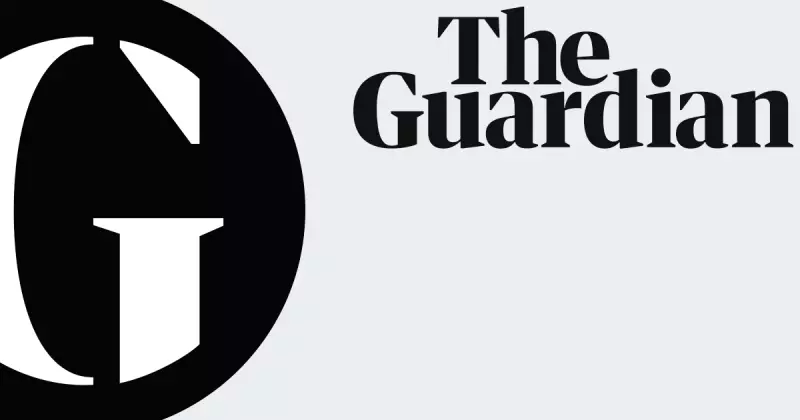
In the fast-paced world of digital news, maintaining the highest standards of accuracy is a constant pursuit. The Guardian's regular Corrections and Clarifications column serves as a public testament to this ongoing commitment, offering readers a window into the paper's editorial integrity.
The latest instalment addresses a range of amendments, from subtle clarifications to more substantive corrections. This process is a cornerstone of the publication's ethos, ensuring that the historical record is as precise as possible for its vast readership.
Upholding the Highest Editorial Standards
Each published correction, regardless of its perceived magnitude, is treated with equal seriousness. The team meticulously reviews reader queries and internal checks to identify any errors that may have occurred in original reporting. This meticulous process underscores a fundamental principle: trust is the most valuable currency in journalism.
The clarifications extend beyond simple factual errors. They often provide richer context, amend misleading headlines, or offer updated information that has come to light after a story's initial publication. This creates a living, breathing archive of news that strives for truth.
Why This Transparency Matters
In an era of widespread misinformation, The Guardian's open approach to correcting its own work builds a crucial bond of trust with its audience. It demonstrates that accountability is not just expected of those they report on, but is a standard they willingly apply to themselves.
This practice reinforces the paper's dedication to ethical journalism, showing readers that the pursuit of accuracy does not end once a story is published. It is a continuous dialogue between the publication and its public, fostering a more informed and engaged community.





